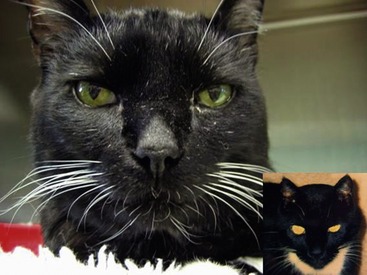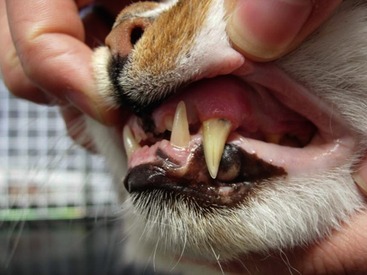acromegaly in cats prognosis
Usually signs of acromegaly are detected by. Feline acromegaly is also called feline hypersomatotropism.

Acromegaly In Cats The Veterinary Nurse
No single test for the diagnosis of feline acromegaly exists.

. Acromegaly in cats is mainly caused by the presence of a pituitary adenoma that is a non-malignant but productive tumor responsible for the. The earliest clinical signs in the 14 cats included. There is no single diagnostic test for feline acromegaly - a confident diagnosis relies on a combination of clinical.
It is a rare disease but unfortunately it can be quite serious. Acromegaly is an endocrine disease that leads to elevated production and secretion of growth hormone GH. Acromegaly is characterized by chronic excessive growth hormone GH secretion by the pituitary gland.
Acromegaly was diagnosed in 14 middle-aged to old cats of mixed breeding. It can occur in adult and aged cats and is usually associated with neoplasms. Insulin resistance is generally controlled satisfactorily by using large doses of insulin divided into several daily.
Acromegaly in Cats Causes. Acromegaly occurs as a result of excessive growth hormone GH production. The earliest witnessed signs tend.
Feline acromegaly is most commonly caused by a functional pituitary tumor. No breed predispositions have been recognised to date. The origin of this alteration in cats is the presence of a tumor in the pituitary gland.
The short-term prognosis in cats with untreated acromegaly is fair to good. The short-term prognosis in cats with untreated acromegaly is fair to good. Insulin resistance is generally controlled satisfactorily by using large doses of insulin divided into several daily.
Congestive heart failure renal failure Kidney. Long thought to be quite rare in cats there is increasing understanding that Acromegaly or Hypersomatotropism is more prevalent than thought. Feline acromegaly is caused by a pituitary adenoma that secretes excessive amounts of growth hormone.
Acromegaly in cats is a disease that mainly affects elderly cats average age 10. Characteristic effects of excessive growth hormone secretion include the. Thirteen 93 of the cats were male and one was female.
Most die of complications eg congestive heart failure Heart. One of the first signs. Chronic kidney disease neurological signs.
Survival time 8-30 months. Learn to recognize the symptoms of this pathology they could be subtle and act too late. When cats develop acromegaly they can sometimes show specific signs of there being something wrong with them or their symptoms come on more progressively.
Diagnosing feline acromegaly starts with a clinical suspicion based on a thorough history signalment and.

Acromegaly In Cats The Veterinary Nurse

Tumors Of The Endocrine System Veterian Key
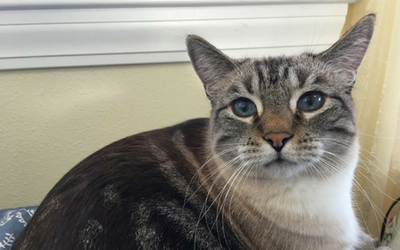
Pituitary Macroadenoma In Cats Vca Animal Hospital

Acromegaly In Cats The Veterinary Nurse

Acromegaly In Cats The Veterinary Nurse
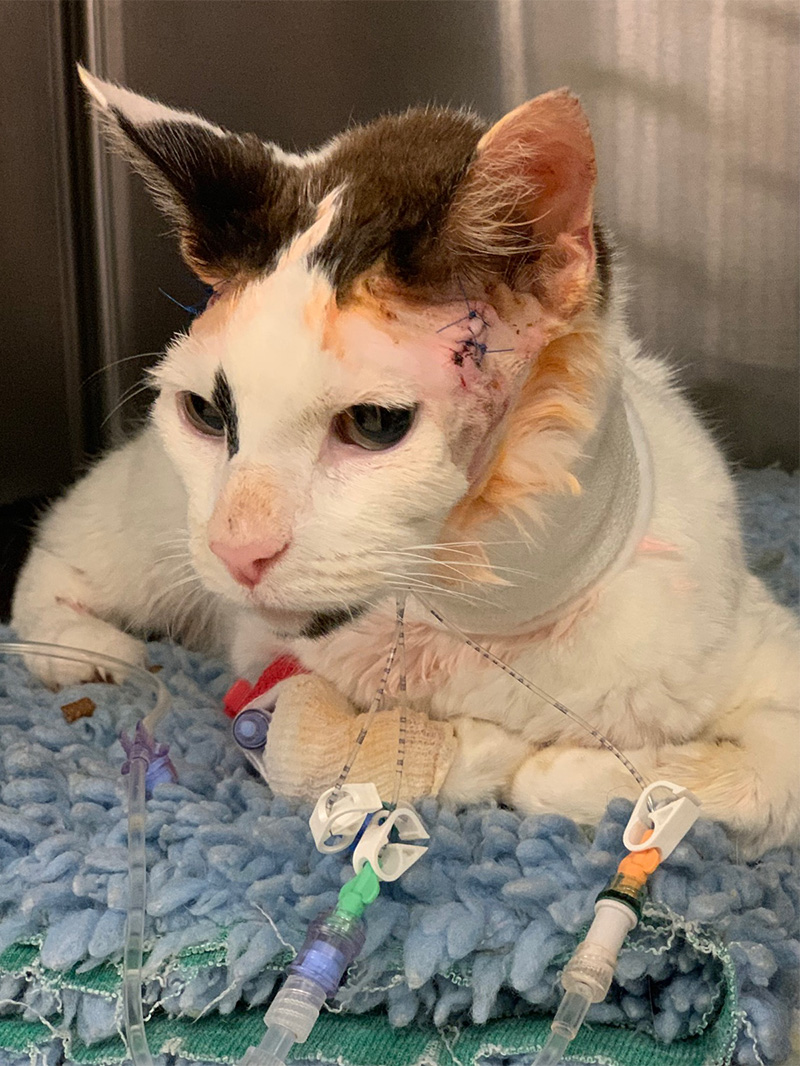
Pioneering Hypophysectomy Treatment Reaches 100 Case Milestone

Acromegaly In Cats The Veterinary Nurse
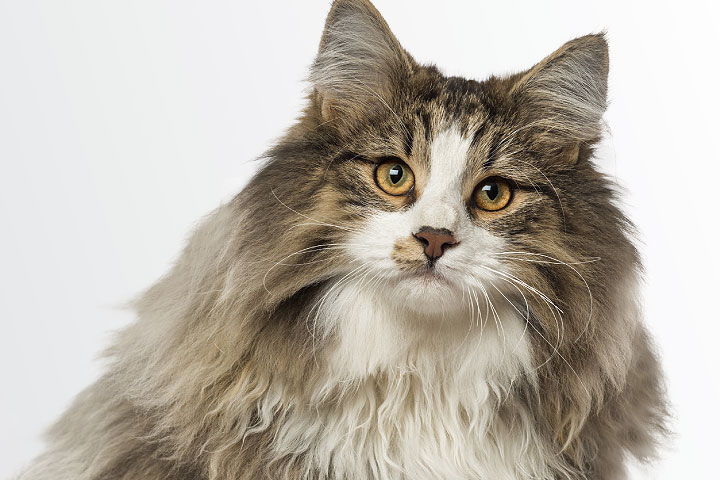
The Management Of Feline Hypersomatotropism Hs Acromegaly

Acromegaly In Dogs And Cats Sciencedirect

Feline Acromegaly Endocrine System Msd Veterinary Manual
Pharmacological Treatment With Cabergoline In Three Cats With Acromegaly
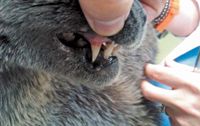
Feline Acromegaly The Keys To Diagnosis

Diagnosis Feline Acromegaly Tufts Catnip

Acromegaly In Cats Symptoms Diagnosis And Treatment

Acromegaly In Cats The Veterinary Nurse

Feline Acromegaly Like Humans A Tumor Most Likely Located On The Pituitary Gland Produces Too Much Growth Hormones Igf 1 Gh W Feline Vet Tech Rare Disease
